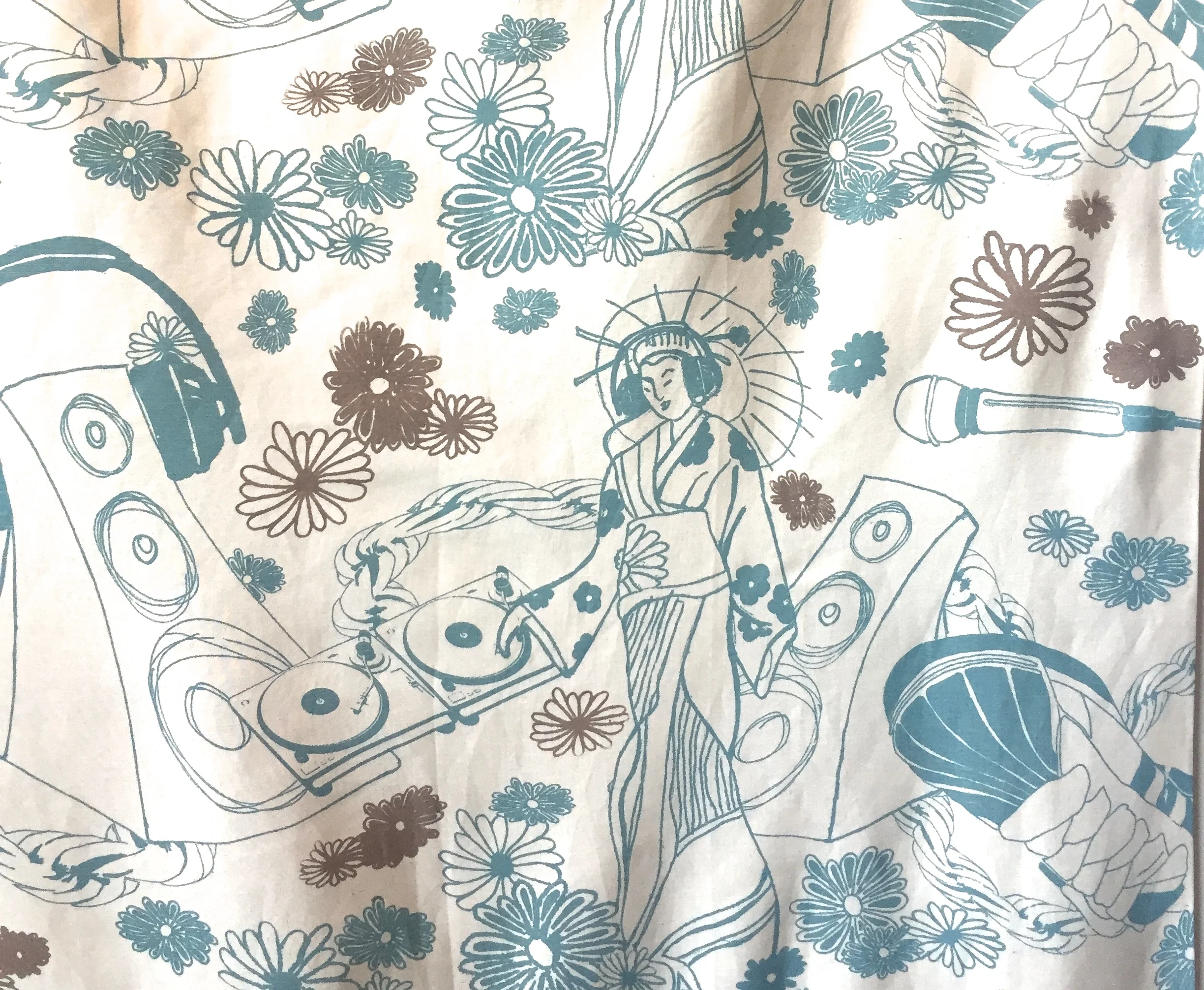The Role of Humor in Teaching and Mentoring
What role does humor play in teaching and learning in an aesthetic education?
humor /ˈ(h)yo͞omər/
noun. the quality of being amusing or comic, especially as expressed in literature or speech.
“Like a welcome summer rain, humor may suddenly cleanse
and cool the earth, the air and you."
-Langston Hughes
When laughter is shared, it binds people together and increases intimacy. It has been noted that laughter gives the immune system a boost, diminishes pain, and protects you from the damaging effects of stress. To these ends, I share with you an offering of encouragement in the wake of what may seem insurmountable challenges at all levels of contemporary education.
A recent Gallup Poll sampling of 900,00 students in grades 5-12 concluded that student engagement in public school is dropping; a new report on the state of America’s K-12 infrastructure reveals an underinvestment in public school facilities. When applied to teacher preparation, these statistics pose a challenge for pre-service education, which continues to face its own unique set of challenges. Green’s (1995) understanding of educational currency is just as salient now as it was 20 years ago. She notes: “Standards, assessment, outcomes and achievement: these concepts are the currency of educational discussion today” (p. 9). Kozol (1991) too, seemed to forecast the on-going deterioration of opportunity for those whose cultural/social capital does not match that of the dominant culture in education.
Underneath (or “above it all”) exists a set of influencers, game-changers and transformers--mentors--who remind us that through it all, we might launch our social imagination, or, “the capacity to invent visions of what should be and what might be in our deficient society” (Greene, 1995, p. 5).
What role then, does humor play in this “educational” scene?
Evan-Palmer (2010) suggests that there is a potency in humor; that there is a correlation/relationship between perceived use of pedagogical humor and instructional efficacy. In other words, use of humor instructional strategiesdeeply impacts the classroom environment and learning outcomes; humor affords resiliency for stressful situations (think: students AND teachers). I agree, when distinctly applied, use of humor is a game-changer.
Use of pedagogical humor has helped to launch important and critical conversations with and among the high school students I taught years ago (above); it has further propelled me forward in provoking my pre-service teachers toward critical conversations about the economic and social issues that plague education, and thus humanity. Humor supports my pedagogical eagerness to appear and reappear--to show UP when I am (and my students are) down. It also finds itself appearing in the midst of courageous conversations with research colleagues and friends (below).
Research Meeting, November 2015
Research suggests that our use of humor evolved as a coping mechanism, necessary for survival (Martin, 2007). I agree and suggest that social humor activates teaching and learning, such that it builds a bridge between teacher and student and peer to peer. A student once shared with me that she had never witnessed any of her professors exhibit vulnerability in being able to laugh at themselves. I couldn’t help thinking: what a shame. Students (humans) should be offered the opportunity to release the idea of perfection, to relax into discomfort and be shown that “failure” provides new openings. That said, humor might provide the breakthroughs necessary for any environment that inspires instruction and learning.
I have often been told that I hum unconsciously; that I am sometimes child-like and silly. I find it difficult to be angry, frustrated or sad when humming (try it!). After 20 years, I continue the task of teaching. Despite the daily reminders of assessment and standardization, budget cuts and worn-down crowded classrooms, I teach, poke, prod and press forward. I move back and forth between comprehending policy domains while also attuning to the the ease and unease of the realities of particular students, who live in particular environments.
I leave you with this: the expanse of mentoring cannot be neatly defined, and as such, questions for how we might take up mentorship in a contemporary (art) educational landscape should persist. Using conceptions of compassion, identity, paradox, transformation, story, and humor are but a few of the possibilities for the creation of this inquiry.
My final musing: What are the limits/possibilities of mentorship?
-gw
Evans-Palmer, T. (2010). The potency of humor and instructional self-efficacy on art teacher stress. Studies in Art Education. 52(1), 69-83.
Greene, M. (1995) Releasing the imagination. San francisco, CA: Jossey-Bass.
Kozol, J. (1991). Savage inequalities. New York: Crown.
Martin, R. (2007). The psychology of humor: An integrative approach. Burlington, MA: Elsevier Academic Press.







